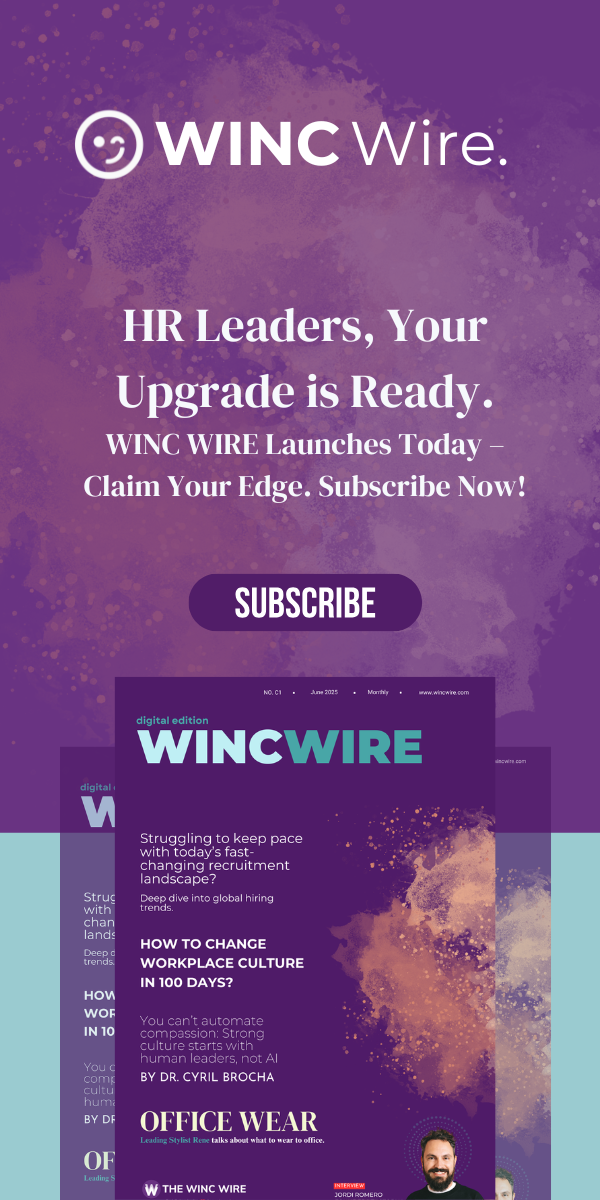In every corridor of modern industry, whether a luxury hotel lobby or an automotive plant floor, culture begins in the small moments. It’s these fleeting interactions, often overlooked, that reveal the strength or fragility of inclusion. Microaggressions may seem like tiny missteps, but in truth, they are culture-shaping signals, and leaders who ignore them risk eroding the very fabric of their organisations.
The Invisible Fray in the Organisational Tapestry
Despite the evolution of workplace diversity programmes, microaggressions continue to operate in the margins — whispered biases wrapped in everyday interactions. These aren’t dramatic acts of exclusion; rather, they’re subtle remarks and behaviours that, over time, corrode confidence and quieten voices that need to be heard.
Consider the all-too-familiar scenarios:
- Complimenting someone’s eloquence as though it were unexpected.
- Questioning where a colleague is “really” from, despite having already answered.
- Presuming a woman is in a meeting to record notes, not offer strategy.
Individually, these comments may seem insignificant — but like a leaky tap, their drip-drip effect wears away trust and belonging. For those on the receiving end, the consequences are often profound:
- Elevated stress and mental fatigue.
- Diminished engagement and morale.
- Increased attrition as talent seeks more psychologically safe environments.
In my years across hospitality, HR, and high-growth leadership, one principle holds: cultures of excellence are never accidental. They are curated, not by policy, but by the behaviour leaders tolerate or challenge.
Microaggressions: Leadership’s Quiet Test
Inclusive leadership isn’t about policing language — it’s about shaping environments where humanity thrives. It’s not just an ethical necessity, but a strategic one. Teams that feel seen, heard, and valued are more innovative, more collaborative, and more likely to stay.
And inclusion begins at the top. When leaders demonstrate courage in uncomfortable conversations and humility in self-reflection, they signal that respect is not a side project — it’s the main agenda.
Five Intentional Actions to Uproot Microaggressions
If you’re committed to building a truly inclusive culture, these five steps aren’t optional — they’re foundational.
• Begin with self-examination.
No leader is immune to bias. Start by observing your patterns. Are there voices you unintentionally interrupt more often? Are your assumptions coloured by stereotypes? Self-awareness is the cornerstone of culture change.
• Define what’s acceptable — clearly.
Partner with HR to articulate what constitutes a microaggression. Offer real-world examples. Set firm consequences. Expectations must be as visible as your values if they’re to shape behaviour.
• Model the standard.
Your response to a microaggression — however small — sets the tone. For example, when a junior’s idea is dismissed with “that’s not how we do things,” step in: “Let’s evaluate the idea on its merit, not its familiarity.”
• Open the conversation.
Create safe channels for feedback. Anonymous surveys, facilitated discussions, or simple one-to-ones with an open-door spirit. When people feel safe to speak, you unlock not just voices, but potential.
• Embed continuous learning.
A one-off DEI session won’t move the dial. Invest in regular training that prioritises recognition, repair, and reimagining — for you and your team. Learning isn’t a checkbox; it’s a leadership muscle.
From Reaction to Culture: The Next Frontier
True inclusion isn’t reactive; it’s systemic. It’s woven into how decisions are made, how promotions are managed, and how success is defined.
- Live your values daily.
Inclusion must transcend posters and handbooks. It lives in meetings, in emails, in offhand comments. The leaders who champion respect consistently are the ones who transform it into culture. - Widen the leadership lens.
Representation at the top matters. Actively nurture talent pipelines from diverse backgrounds. Diverse leadership teams don’t just reflect society — they’re better equipped to lead it.
The Quiet Impact That Speaks Loudly
Think of a microaggression like a pebble in your shoe. At first, you barely notice it. But keep walking, and eventually it’s all you feel. Removing that discomfort or, better yet, ensuring it never enters the shoe is how leaders create workplaces of ease, not anxiety.
As someone who has scaled operations from 20 to 300 people in a year, I’ve seen how small behaviours shape big outcomes. Addressing microaggressions isn’t just about ‘fixing’ culture — it’s about releasing people to do their best work, without fear or friction.
Inclusion, done well, is not charity. It’s a strategy.
A Final Thought: Are You Ready to Lead Differently?
The leaders of tomorrow won’t just be remembered for the results they delivered, but for the environments they shaped. The ones who saw culture as part of performance, not separate from it. The ones who led with intention, not just metrics.
If this conversation speaks to you, it’s just the beginning. Join me as we continue unpacking how inclusive, people-first leadership is not only possible it’s essential.





